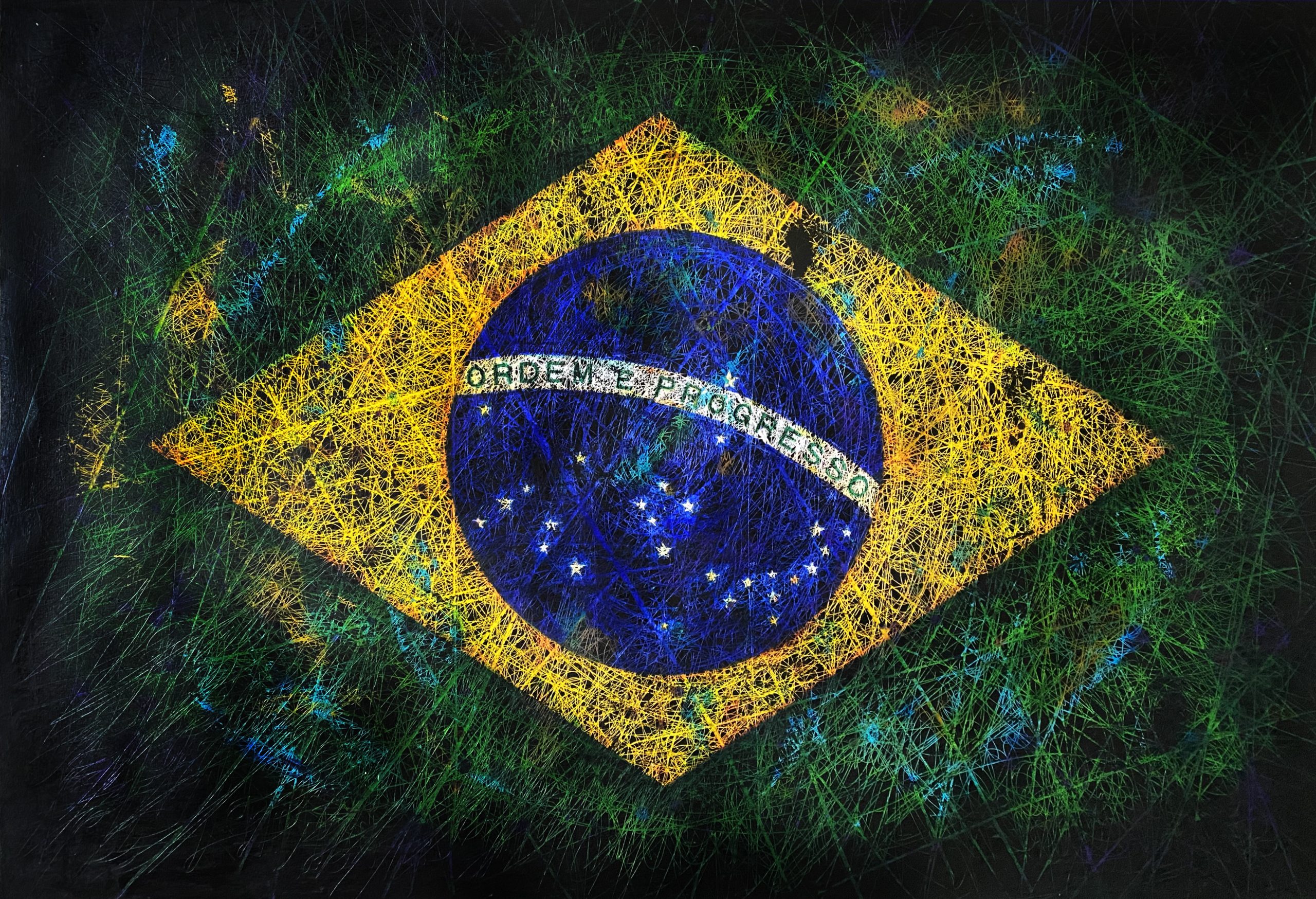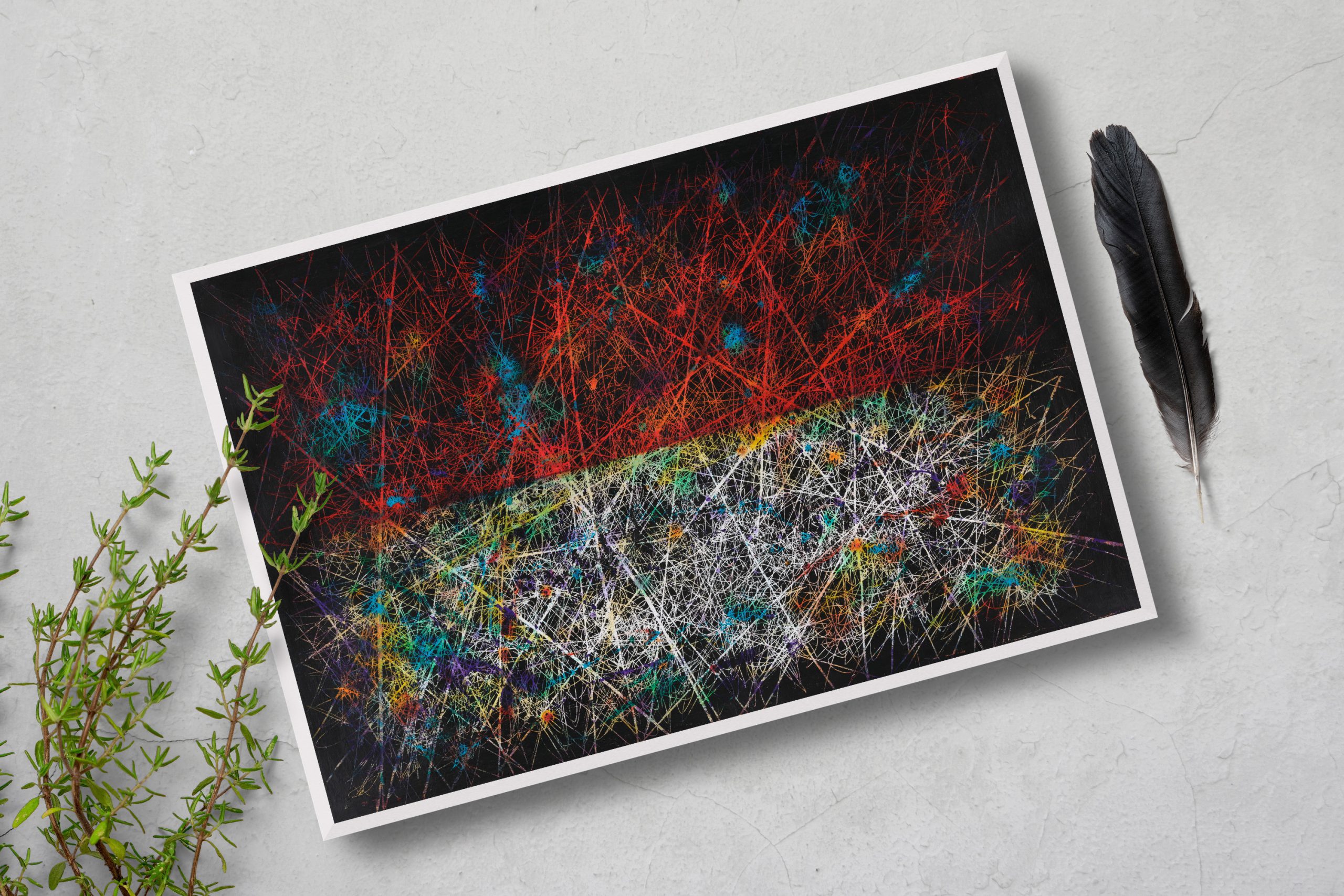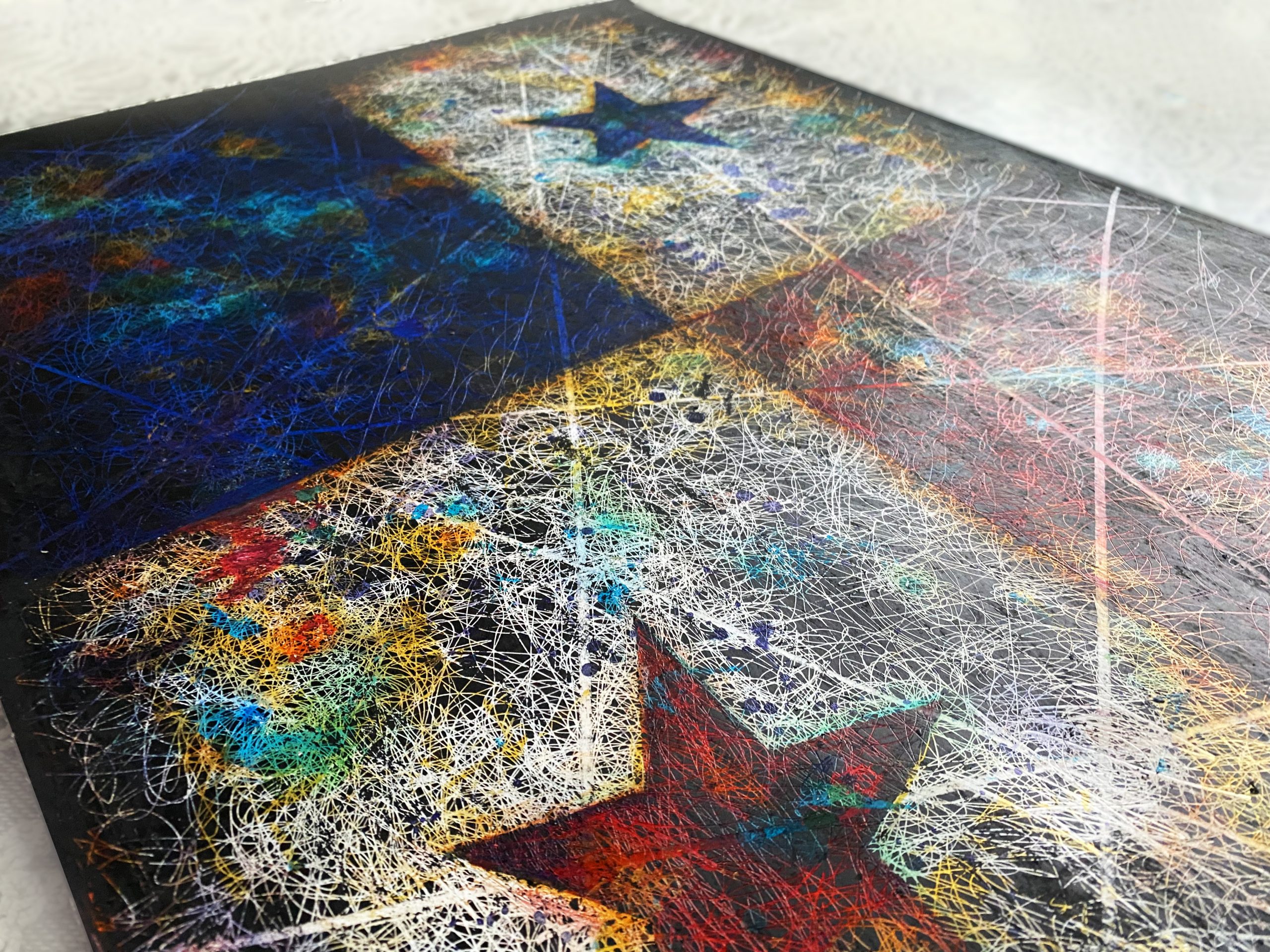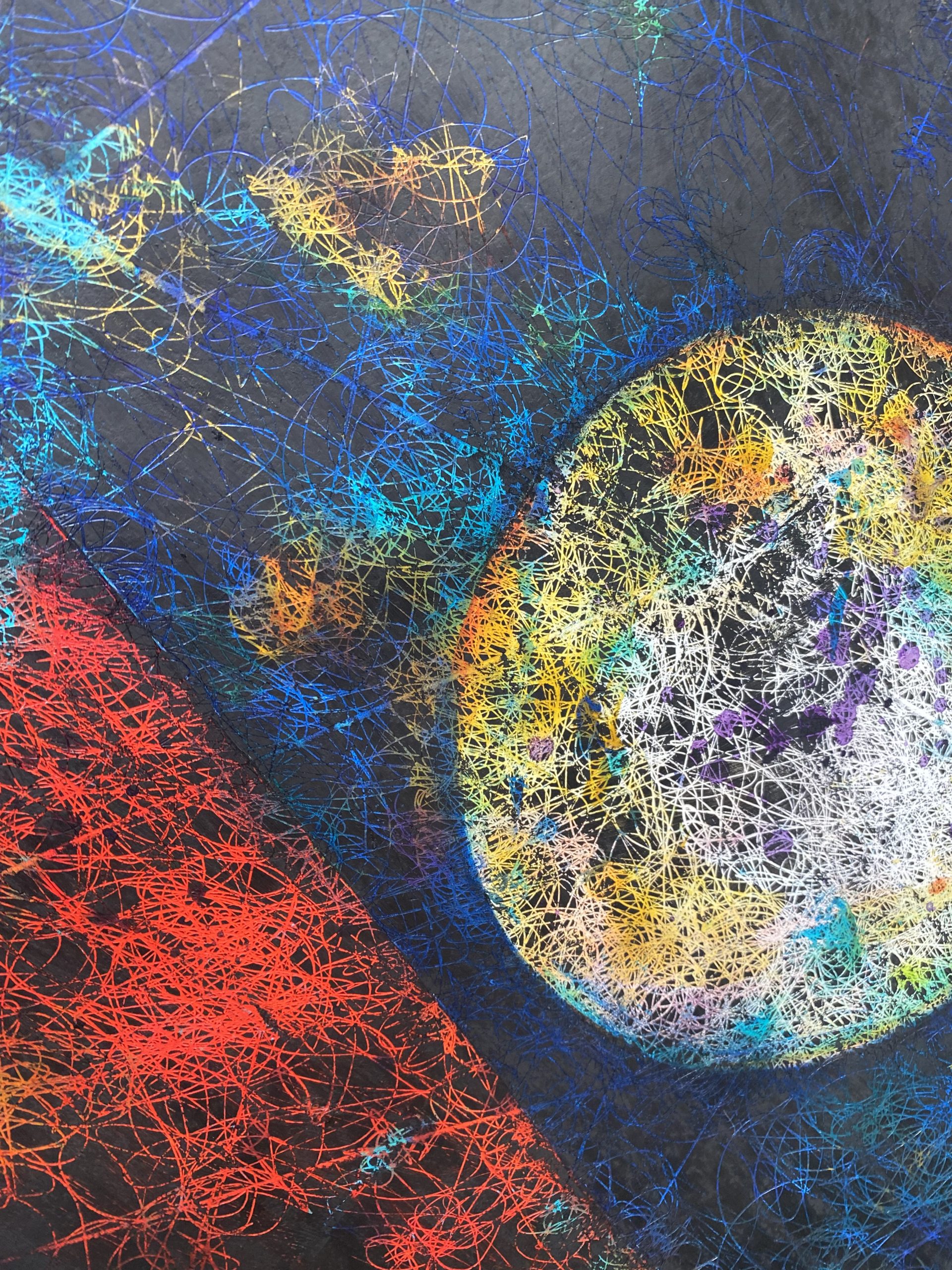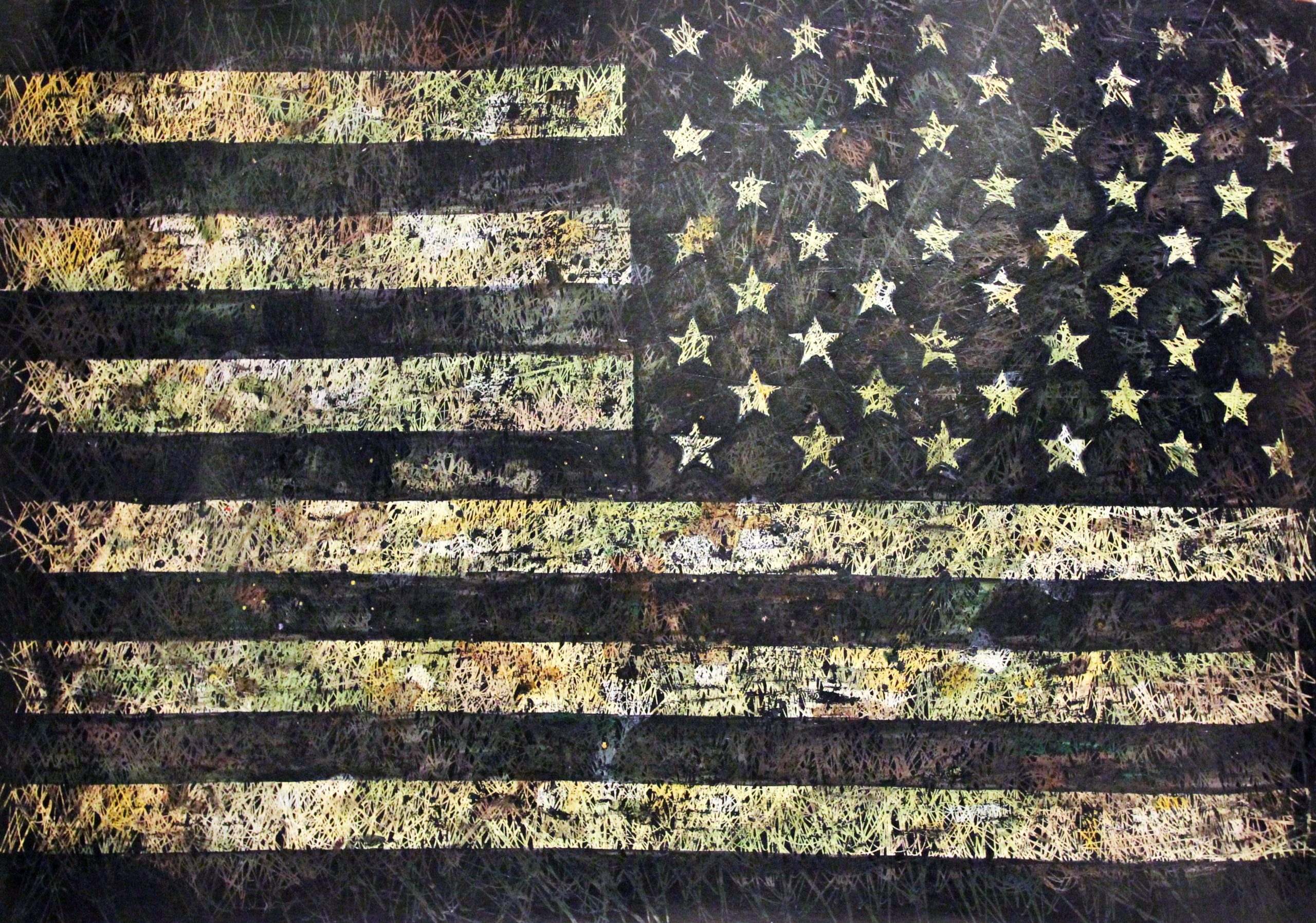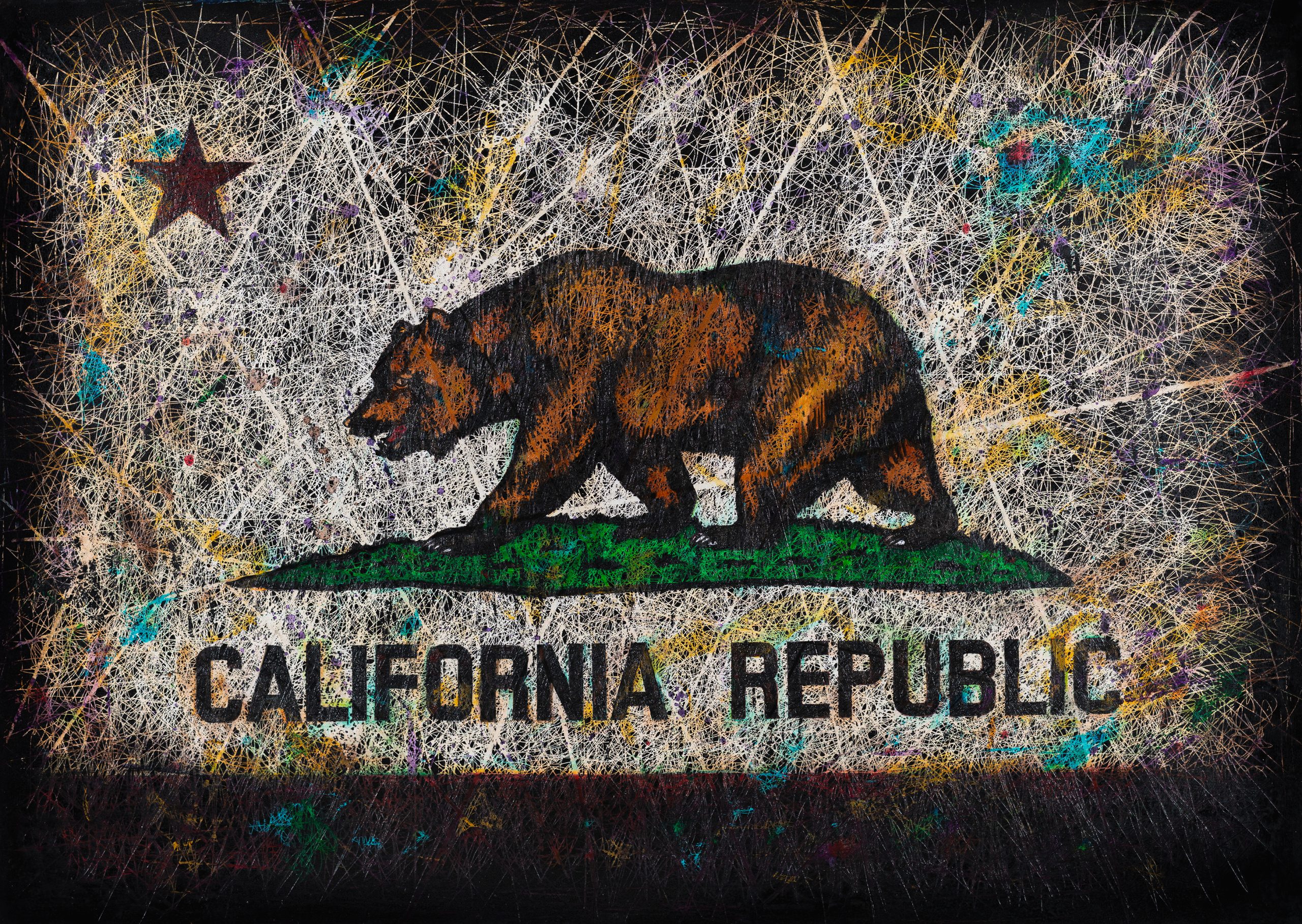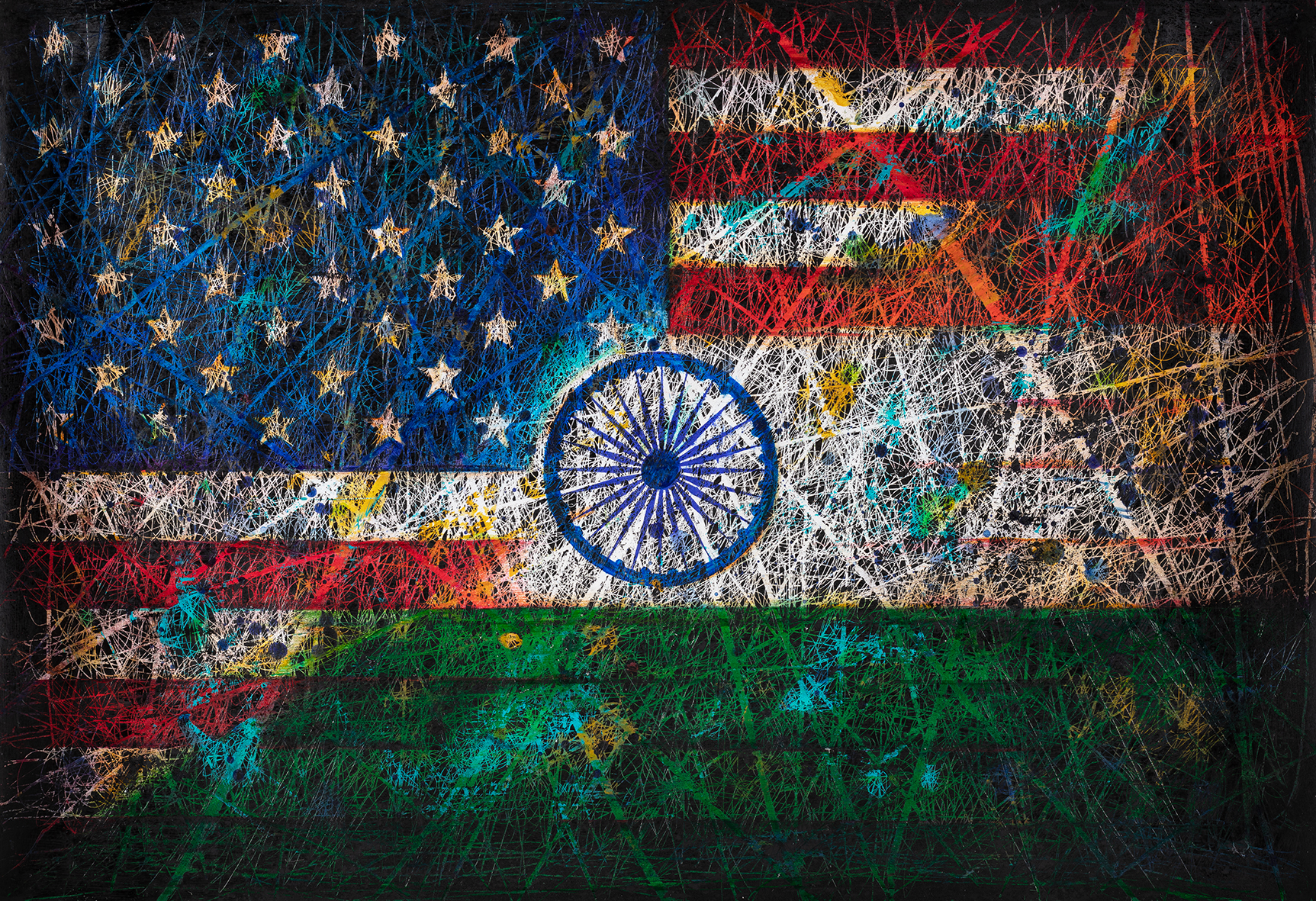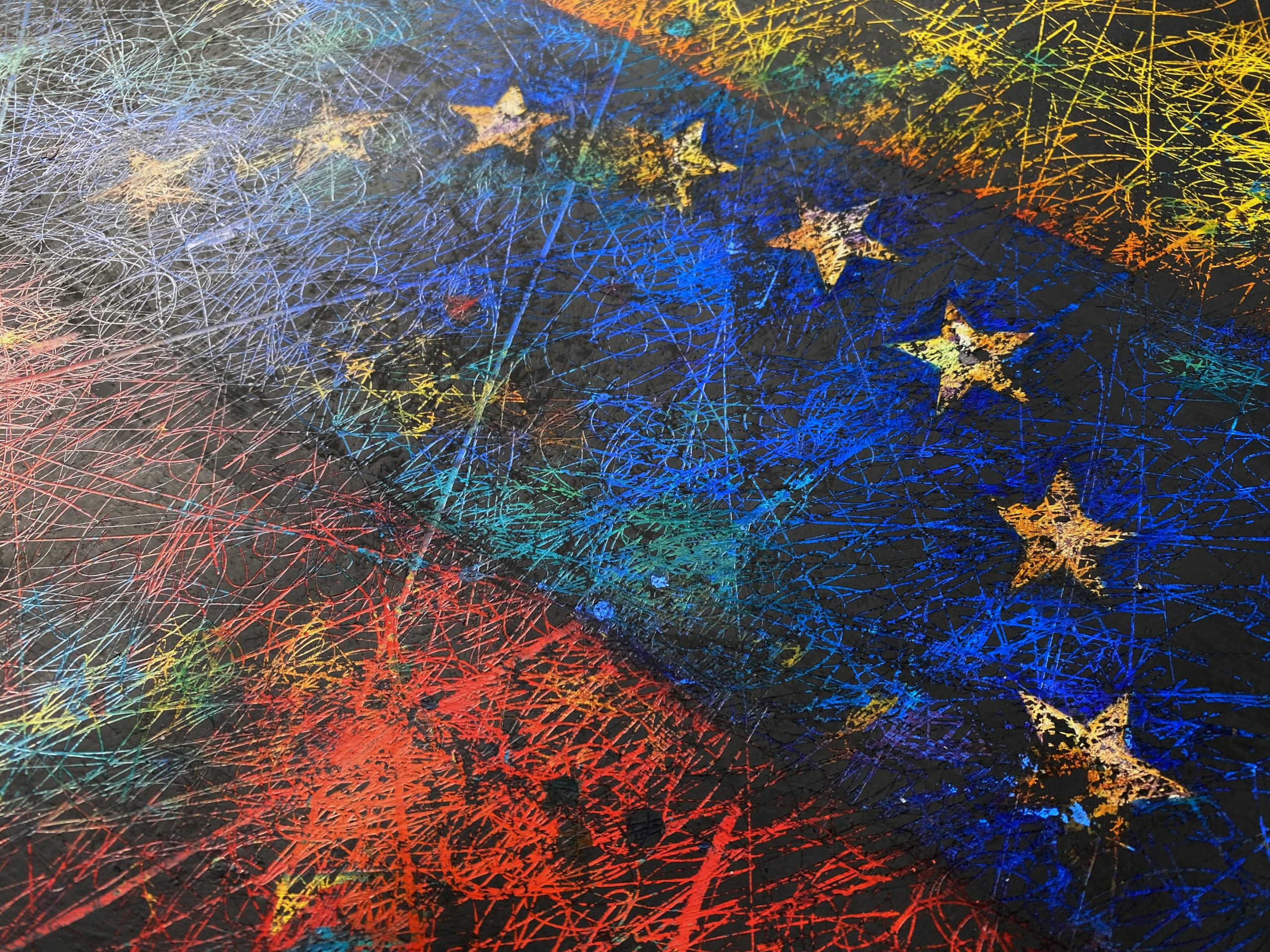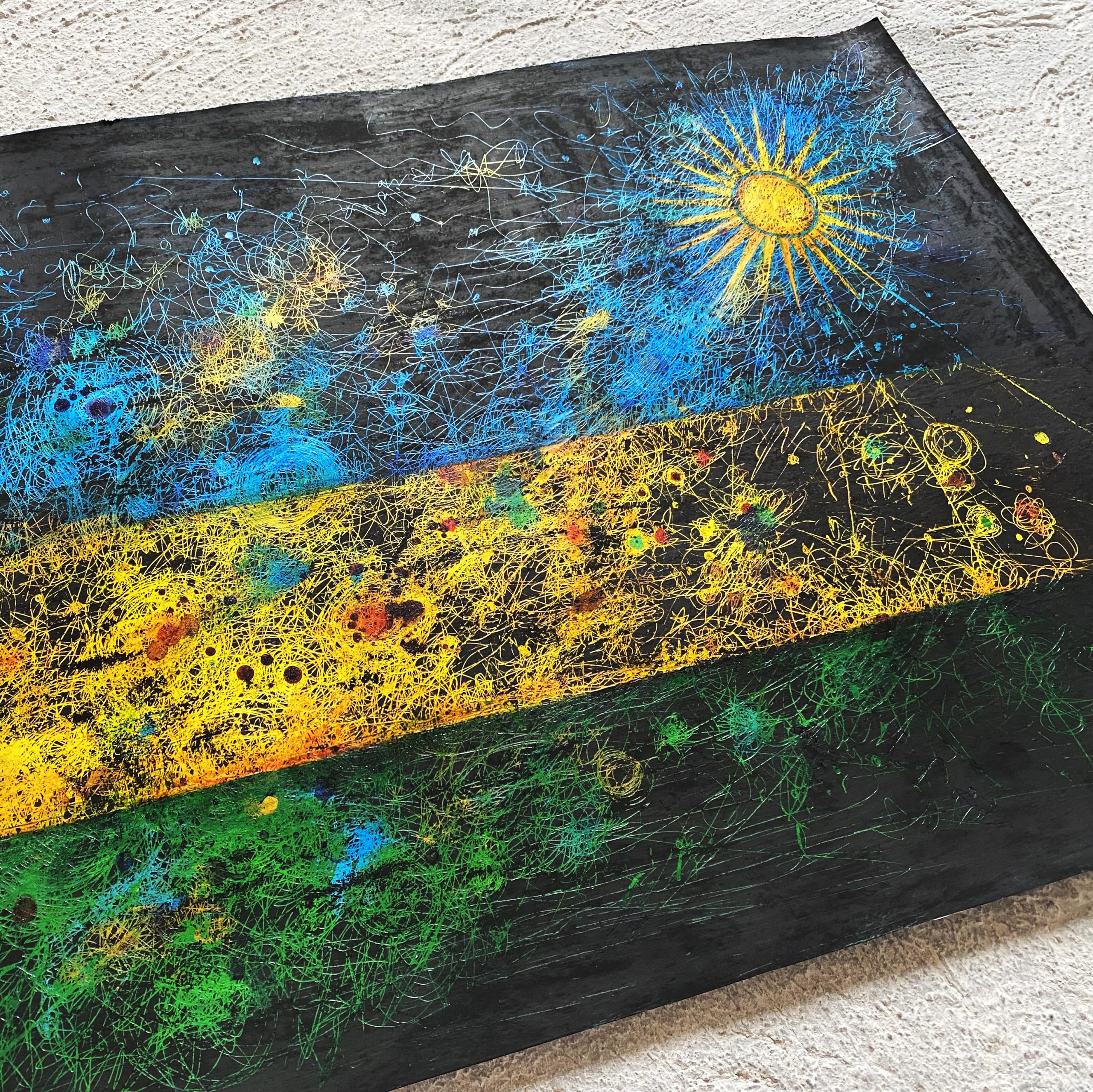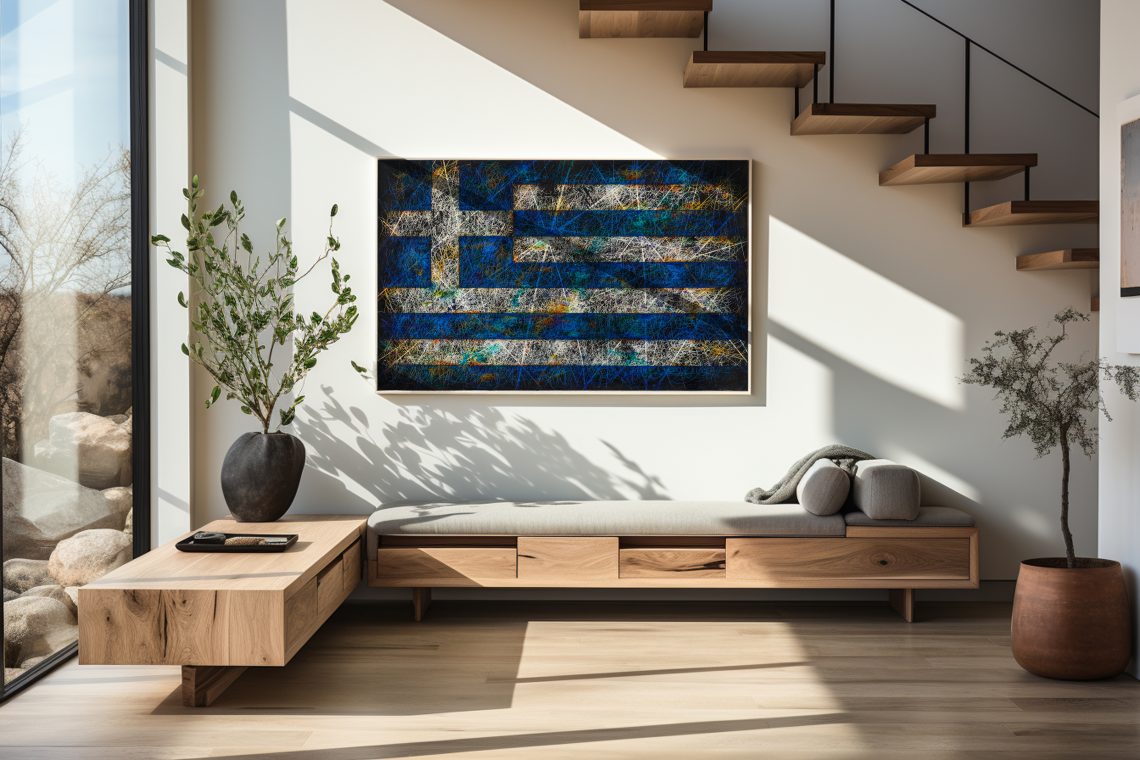In a world where mass-produced goods dominate the market, hand-painted items hold a unique appeal. This is especially true when it comes to flags, which can be transformed from mere symbols into works of art through the skill and creativity of a skilled artist. Hand-painted flags have a rich history and a growing following, as people seek out unique and meaningful ways to express their cultural identity.
History
Hand-painted flags have a long and rich history, dating back to ancient times. In many cultures, flags were traditionally made by hand, using materials such as silk, cotton, or linen, and decorated with intricate designs and patterns. These flags were often used in religious ceremonies, as well as in military and political contexts.
In more recent times, hand-painted flags have become a popular way to express cultural identity and pride. In many countries, hand-painted flags are used in parades, festivals, and other cultural events, where they serve as a symbol of community and shared history.
Techniques
Hand-painted flags can be created using a variety of techniques, depending on the artist’s preference and the materials available. Some artists use traditional methods, such as painting with brushes or stamping with carved blocks. Others use more modern techniques, such as screen printing or digital printing.
Regardless of the technique used, the process of creating a hand-painted flag is often a labor-intensive and time-consuming one. The artist must carefully choose their colors and designs, and then apply them to the fabric with great care and precision.
Meaning and Significance
Hand-painted flags are more than just beautiful works of art. They also carry a deep symbolic significance, representing the cultural identity and history of the people who create and display them.
In some cases, hand-painted flags may be used as a way to resist or challenge dominant cultural narratives. For example, Indigenous communities in North and South America have used hand-painted flags to reclaim their cultural heritage and assert their sovereignty. Similarly, marginalized communities in other parts of the world have used hand-painted flags as a way to assert their identity and resist cultural erasure.
In other cases, hand-painted flags are used to celebrate and express cultural identity in a positive way. For example, in many African countries, hand-painted flags are used to represent ethnic groups and cultural traditions. In the Caribbean, hand-painted flags are a common sight during Carnival celebrations, where they serve as a symbol of community and shared heritage.
Conclusion
Hand-painted flags are a unique and meaningful way to express cultural identity and pride. They have a rich history and a growing following, as people seek out ways to connect with their cultural heritage in an increasingly globalized world. By appreciating and supporting the art of hand-painted flags, we can celebrate the diversity and richness of human culture, and preserve the traditions and practices that make us unique.




